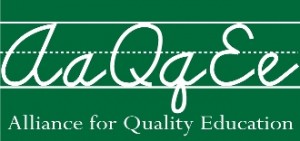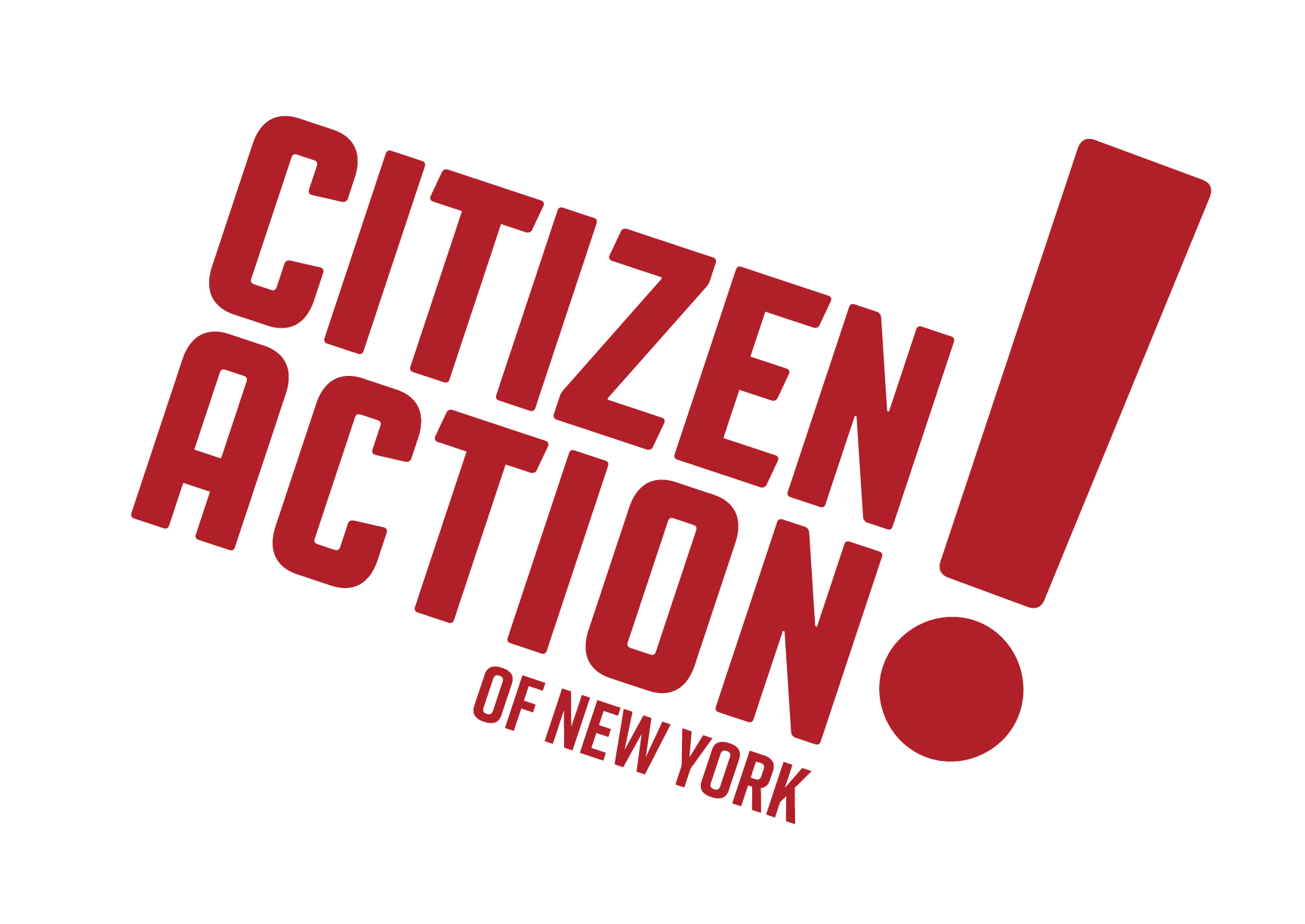 Today, representatives from the Alliance for Quality Education, NYSUT, NAACP, League of Women Voters, CSEA, New Yorkers for Fiscal Fairness, Citizen Action of New York, and NYC Communities for Change met at the Capitol building to host a press conference regarding Governor Cuomo’s proposed property tax cap.
Today, representatives from the Alliance for Quality Education, NYSUT, NAACP, League of Women Voters, CSEA, New Yorkers for Fiscal Fairness, Citizen Action of New York, and NYC Communities for Change met at the Capitol building to host a press conference regarding Governor Cuomo’s proposed property tax cap.
Recent statistics compiled by the Alliance for Quality Education show that Governor Cuomo’s proposed 2% property tax cap will further increase inequalities between wealthy and poor school districts. The analysis finds that an already existing $3.2 billion gap between high need and low need school districts in the tax levy will increase by more than $56 million after just one year of an imposed cap and by more than $700 million after ten years.
A gap of this magnitude will have a devastating effect on lower income communities. Tens of thousands of school employees have already lost their jobs and more will continue to be fired. This will result in larger class sizes and compromised educational opportunities for students. Early childhood education will be reduced, compromising a young child’s intellectual development. Essential afterschool programs – designed in part to keep high-risk kids off the street – will also be eliminated.In addition, the cuts target extracurricular programs such as art, music, and other electives, designed to better round out a student’s education and make him or her more attractive to competitive universities.
The groups highlighted the fact that the 60% supermajority required by current legislation to override the tax cap undermines the principles of majority rule and universal suffrage.
In Massachusetts, where Proposition 2 1/2 (a similar tax cap) has already been passed, low income areas have not been as successful as wealthier communities in securing an override vote. Richer communities are twice as likely to have their override votes approved, and raise an average of four times more money. This has broadened the gap in economically diverse communitiess, resulting in less opportunities and lower achievement levels for poorer school districts. This can be viewed as an indication of things to come in New York if the tax cap is approved.
Present at the press conference:
“The tax cap will increase the existing educational equities based on income, race and zip code because wealthy school districts start out with a huge advantage from having property tax levies that raise 2 to 3 times as much as poor districts. The idea that it would take 60% of local voters to override a cap undermines the fundamental principle of one person, one vote and will further increase inequity between rich and poor school districts,” said Reverend Cornelius Clark, the National Association for the Advancement of Colored People.
“The 2% tax cap will hurt schools and students–that is undeniable. One of its worst impacts is that it will significantly widen the gap between rich and poor school districts. New York already has the worst gap between rich and poor school districts. In addition, the requirement for a 60% vote to override is totally undemocratic, it takes decision-making away from the majority of local voters and imposes Albany’s will,” said Billy Easton, Executive Director, Alliance for Quality Education.
“The only thing that would be capped by this bad bill is the ability of schools to help New York’s children continue to succeed,” said NYSUT Executive Vice President Andrew Pallotta. “This bill risks having our public education system decimated by an undemocratic minority which could — and would — be able to over-ride the wishes of 60 percent of their community. Imagine the vicious reaction that would accompany a proposal to allow 40 percent of the voters to pass a school budget. If that sounds ridiculous, why should we allow 40 percent of the voters to impose a zero percent cap on schools?”
“When the state pushes the responsibility to fund schools off onto local communities and then tries to take away parents’ right to fight for their schools it is like someone is physically holding our kids down in their seats and keeping them back from success. Students are already struggling to get by with less and a cap would mean that even more students would fall through the cracks. We need our elected officials to support our children by not allowing a property tax cap to replace graduation caps,” said Iris Williams, parent, Schenectady, New York Communities for Change.
“Governor Cuomo’s relentless pursuit of a tax cap for schools and localities will only make it harder to manage budgets,” said Danny Donohue, President of the 300,000 member CSEA. “There is no quick fix and it makes no sense to tie the hands of school administrators and local government leaders in providing the essential services that contribute to the quality of life from one end of the state to another.”
“The League of Women Voters of New York State opposes a real property tax cap because it is a very blunt policy instrument that has the potential to harm schools and students without providing tax relief to those most in need. The only way to provide meaningful tax relief is to tie it to need through a circuit breaker, which would become effective once real property taxes exceed a percentage of income,” said Betsey Swan, President of the League of Women Voters of New York.
“The tax cap is one more fake Albany quick fix,” said Karen Scharff, Executive Director, Citizen Action of New York. “After severely cutting state school funding, and forcing more costs onto local property taxpayers, the Governor and legislature now want to squeeze schools from both directions by capping local taxes. Let’s face reality — the tax cap is a cap on student achievement, especially for the poorest school districts.”
“The tax cap as it is designed is undemocratic and will further erode the public services New Yorkers care about. Just because the Governor believes the Tax Cap is the answer does not make it so. We must continue to look for the fairest and most equitable ways to fix our upside down tax system that takes the pressure off of the property tax and places it onto state taxes based on ability to pay so we can fund our schools and local services rather than continuing to shortchange them,” said Ron Deutsch, Executive Director of New Yorkers for Fiscal Fairness.
According to Mark Mishler, an Albany public school parent, “This is the harsh lesson New York’s public school children are being taught: forget everything you learned in social studies and civics classes about the responsibility of the entire community to provide for a quality education for all children regardless of race or economic status. If the tax cap is enacted on top of the just imposed massive cuts in state aid to education, the new lesson will be: if you are fortunate to live in a wealthy district, you’re all set, but if you live in a poor district, forget about having the resources needed to excel in school, to graduate and to go on to college.”
